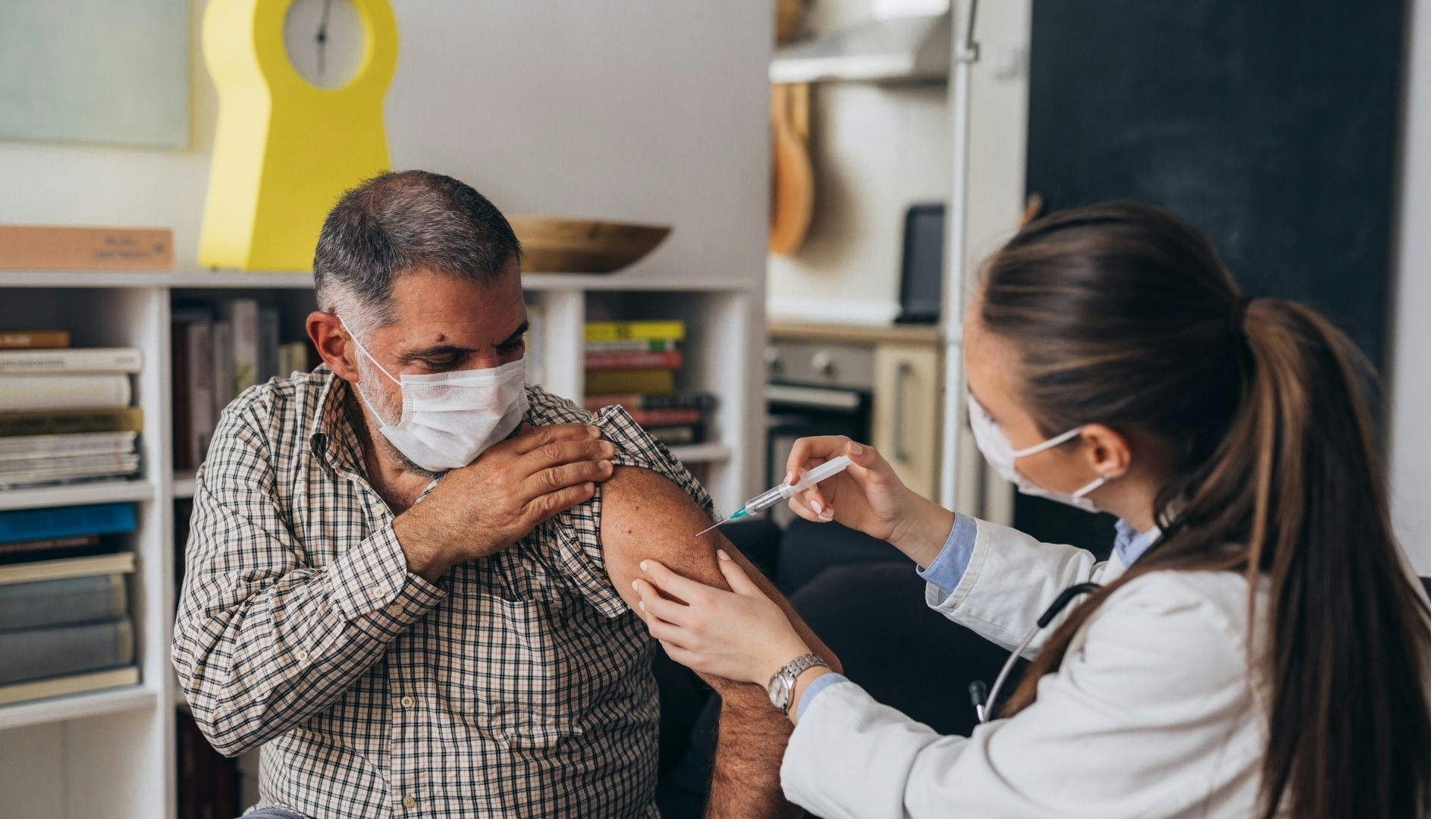The U.S. vaccine rollout is now one of the most successful in the world, but it hit an unexpected hurdle yesterday: federal officials from the CDC and FDA have jointly recommended “pausing” use of the Johnson & Johnson vaccine after several cases of blood clots were reported in patients who received it, and all fifty states, as well as Puerto Rico and D.C., have complied. It has already slowed down vaccinations, especially at colleges and universities.
Dr. Anthony Fauci said today that the pause should last "days to weeks, not weeks to months," but the exact timeline is uncertain. An advisory committee for the CDC met today to discuss the pause, but decided to extend it at least a week before voting to end it or taking other action.
Federal health officials will be investigating the issue as quickly as possible, but in the meantime providers are scrambling to replace Johnson & Johnson vaccine appointments with doses from Moderna or Pfizer. Here’s what you need to know about the reported issues and how the situation could impact the overall U.S. vaccine rollout.
What Side Effects Did the Vaccine Cause?
7.1 million doses of the Johnson & Johnson vaccine have now been distributed in the U.S. Of those, six total cases of blood clots have been reported, all in women between 18 and 48. One person later died from complications from the blood clots. All six women first reported the clots between six and 13 days after their shot. The vast majority of those who received the Johnson & Johnson vaccine reported mild or no side effects.
The clots seem to be very uncommon, but because of their potential danger federal health officials are taking extra precautions. “I’d like to stress these events appear to be extremely rare. However, covid-19 vaccine safety is a top priority for the federal government, and we take all reports of adverse events following vaccination very seriously,” said Janet Woodcock, acting commissioner of the Food and Drug Administration.
How Could This Impact the U.S. Vaccine Rollout?
Although the Johnson & Johnson vaccine is still the least-commonly distributed in the U.S. (most people are still receiving Pfizer or Moderna, and Johnson & Johnson vaccines have made up about 5% of total doses so far), the Johnson & Johnson vaccine is much easier to distribute because it requires only one shot and doesn’t need to be temperature controlled. The Biden Administration has insisted that the U.S. has enough supply of other vaccines to meet their vaccine targets, but it could be challenging to vaccinate all U.S. adults with two-shot vaccines.
U.S. colleges and universities have been particularly impacted by the pause, since many of them planned on largely utilizing Johnson & Johnson vaccines to get students vaccinated before the summer (when most students leave campus). Unvaccinated college students could be an issue for the broader community, since they are “very efficient spreaders of the virus," according to the Dean of Public Health at Brown University.
The vaccine “pause” only applies to federal vaccine sites, but all states, Puerto Rico and D.C. have already announced that they will also be halting use of the J&J vaccine until federal regulators clear it. To help make up the difference in doses, Pfizer is planning to distribute an extra 10% of doses. It will likely take Pfizer until next month to manufacture the extras, however.
What Should Patients Do Who Already Received the Johnson & Johnson Vaccine?
If you’ve already been vaccinated with the Johnson & Johnson vaccine, the CDC recommends monitoring yourself for any unusual symptoms. You should especially look out for severe headaches, abdominal pain, leg pain, or shortness of breath after getting the vaccine and should get in touch with a healthcare provider to be assessed if you develop them. Because blood clots are so rarely caused by the vaccine, you are unlikely to experience them, but it is still important to be cautious.
Conclusion: The U.S. Will Have to Work Quickly to Make Up for the Pause in Johnson & Johnson Doses
Although the Johnson & Johnson vaccine makes up a small portion of the overall vaccine doses in the U.S., pausing use of it entirely will still impact the country’s rollout process. The vaccine appears to be safe, but even rare dangerous side effects need to be investigated. In the meantime, the U.S. will have to strategize quickly to be sure eligible patients can get their vaccine doses.
If you are eligible and hoping to get vaccinated, we have a guide available to finding a vaccine appointment here. You can also use our vaccine social tracker to see who in your immediate social circle has been vaccinated. Don't forget to turn on push notifications for the Skip Blog, so you can see the latest stimulus and vaccine news.


